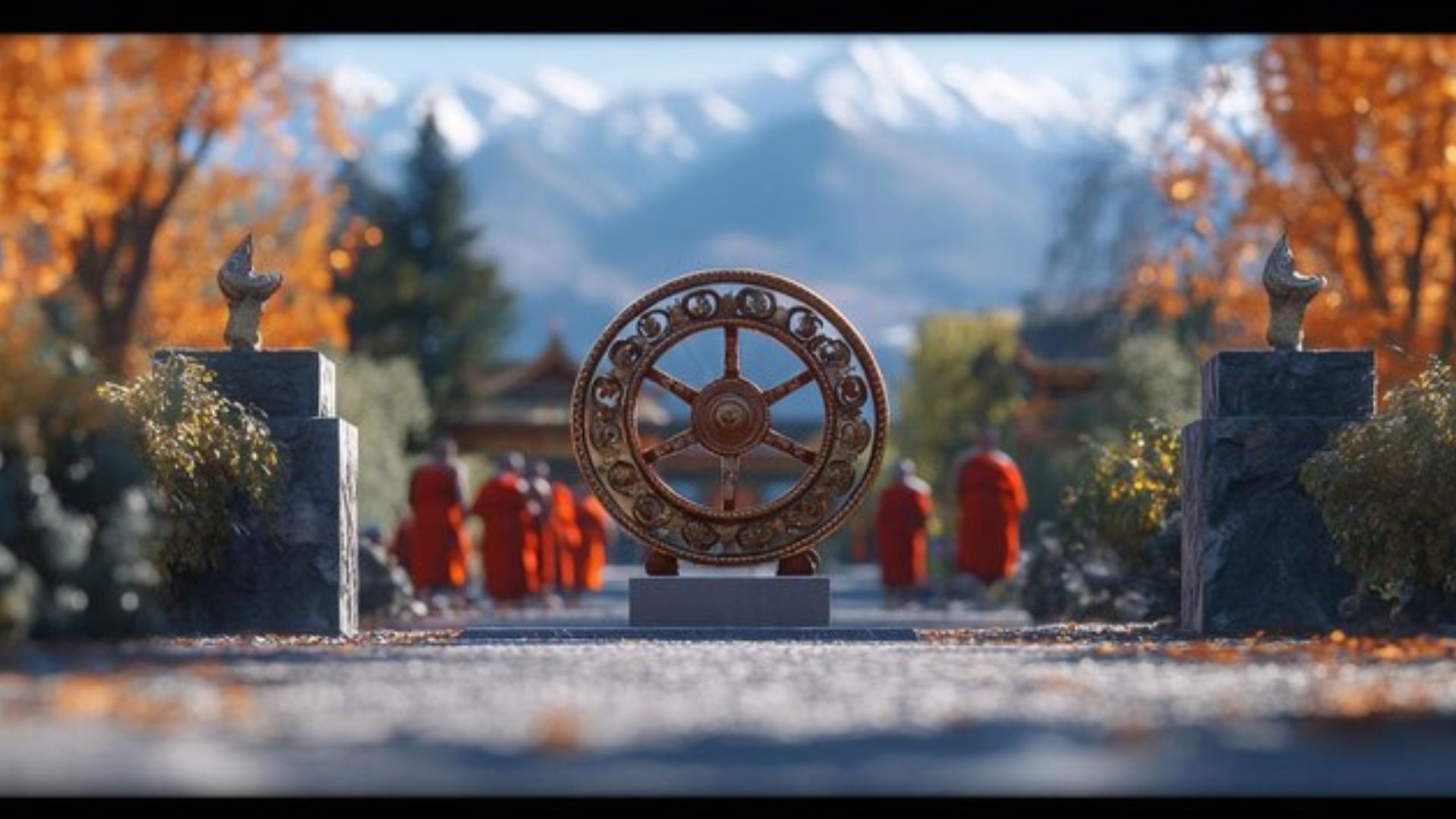Kristallnacht 2023, or the Night of Broken Glass, stands as a stark reminder of the horrors of the Holocaust and the perils of unchecked hatred. Commemorated annually on November 9-10, this tragic event in 1938 marked a turning point in the Nazi regime’s campaign against Jews in Germany and Austria. In 2023, as we reflect on this somber anniversary, it is essential to honor the legacy of resistance that emerged from this dark period in history. This article explores the significance of Kristallnacht, its historical context, the acts of resistance that followed, and the importance of remembrance today.
Understanding Kristallnacht: A Historical Overview
The Events of Kristallnacht
On the night of November 9-10, 1938, a wave of violent anti-Jewish pogroms swept across Germany and Austria. Orchestrated by the Nazi regime, this coordinated attack saw synagogues set ablaze, Jewish businesses vandalized, and thousands of Jewish men arrested and sent to concentration camps. The name “Kristallnacht” derives from the shattered glass that littered the streets, a testament to the destruction wrought upon the Jewish community.
The Context of Kristallnacht
To fully grasp the significance of Kristallnacht, it is vital to understand the socio-political climate of pre-World War II Germany. The rise of Adolf Hitler and the Nazi Party was fueled by economic despair, nationalistic fervor, and a pervasive culture of anti-Semitism. By 1938, Jews were already facing increasing discrimination, which escalated dramatically with Kristallnacht. The event served as a prelude to the more systematic and brutal violence that would follow during the Holocaust.
The Legacy of Resistance
Acts of Resistance During Kristallnacht
Despite the overwhelming violence, there were instances of resistance during Kristallnacht. Some non-Jewish Germans bravaved the wrath of the Nazis to protect their Jewish neighbors, offering shelter or warning them of impending danger. These acts of courage, though often risking severe consequences, demonstrated that compassion and humanity could prevail even in the darkest times.
The Jewish Response
In the aftermath of Kristallnacht, the Jewish community responded with resilience. Many fled Germany and sought refuge in other countries, while others organized themselves to fight against the Nazi regime. Jewish youth movements and organizations began to form, creating networks of support and fostering a spirit of defiance against the oppression they faced. The establishment of groups like the Jewish Resistance and the creation of underground networks became crucial in the fight against the Nazis.
Post-Kristallnacht Resistance Movements
Following the events of Kristallnacht, several resistance movements emerged, both within Germany and in occupied territories. Notable groups, such as the Jewish Fighting Organization (ZOB) and the Warsaw Ghetto Uprising, epitomized the determination of Jews to resist their oppressors. These movements, while often met with brutal retaliation, showcased the spirit of resistance that continued throughout the Holocaust.
The Importance of Remembrance
Honoring the Victims
As we commemorate Kristallnacht in 2023, it is essential to honor the victims of this tragedy. Memorial services, educational programs, and community events serve as vital reminders of the lives lost and the suffering endured during the Holocaust. These observances foster empathy and understanding, ensuring that the lessons of history are not forgotten.
Educating Future Generations
Education plays a critical role in preventing the recurrence of such atrocities. Schools and institutions around the world are tasked with teaching about the Holocaust and the events leading up to it, including Kristallnacht. By instilling a sense of responsibility in future generations, we can foster a culture of tolerance and resilience against hatred.
Combating Modern Anti-Semitism
As we reflect on Kristallnacht, it is crucial to acknowledge the rise of anti-Semitism today. Incidents of hate crimes and discrimination against Jewish communities persist worldwide. By remembering the lessons of Kristallnacht, we can work towards combating modern anti-Semitism and promoting a more inclusive society.
Conclusion
Kristallnacht remains a pivotal moment in history, serving as a powerful reminder of the consequences of hatred and intolerance. As we honor the legacy of resistance that emerged from this dark period, we must commit ourselves to remembrance and education. By doing so, we not only honor the victims of Kristallnacht but also empower ourselves to combat hatred in all its forms.
ALSO READ:Mary Fowler Barbie: The Soccer Star’s Inspiring Barbie Tribute
FAQs
What was Kristallnacht?
Kristallnacht, or the Night of Broken Glass, was a coordinated series of violent attacks against Jews in Germany and Austria on November 9-10, 1938. Synagogues were burned, businesses vandalized, and thousands of Jewish men were arrested.
Why is Kristallnacht significant?
Kristallnacht marked a significant escalation in the Nazi regime’s campaign against Jews, serving as a precursor to the more systematic violence and atrocities of the Holocaust.
What acts of resistance occurred during Kristallnacht?
Some non-Jewish Germans risked their safety to protect Jewish neighbors during Kristallnacht. Additionally, many Jews began organizing and seeking refuge in other countries in the aftermath of the violence.
How can we honor the legacy of Kristallnacht?
We can honor the legacy of Kristallnacht by remembering the victims. Educating future generations about the Holocaust, and combating modern anti-Semitism.
What can we do to combat anti-Semitism today?
Combating anti-Semitism today requires education, advocacy, and fostering a culture of tolerance and inclusion. Supporting organizations that promote these values and speaking out against hate are crucial steps in this effort.







